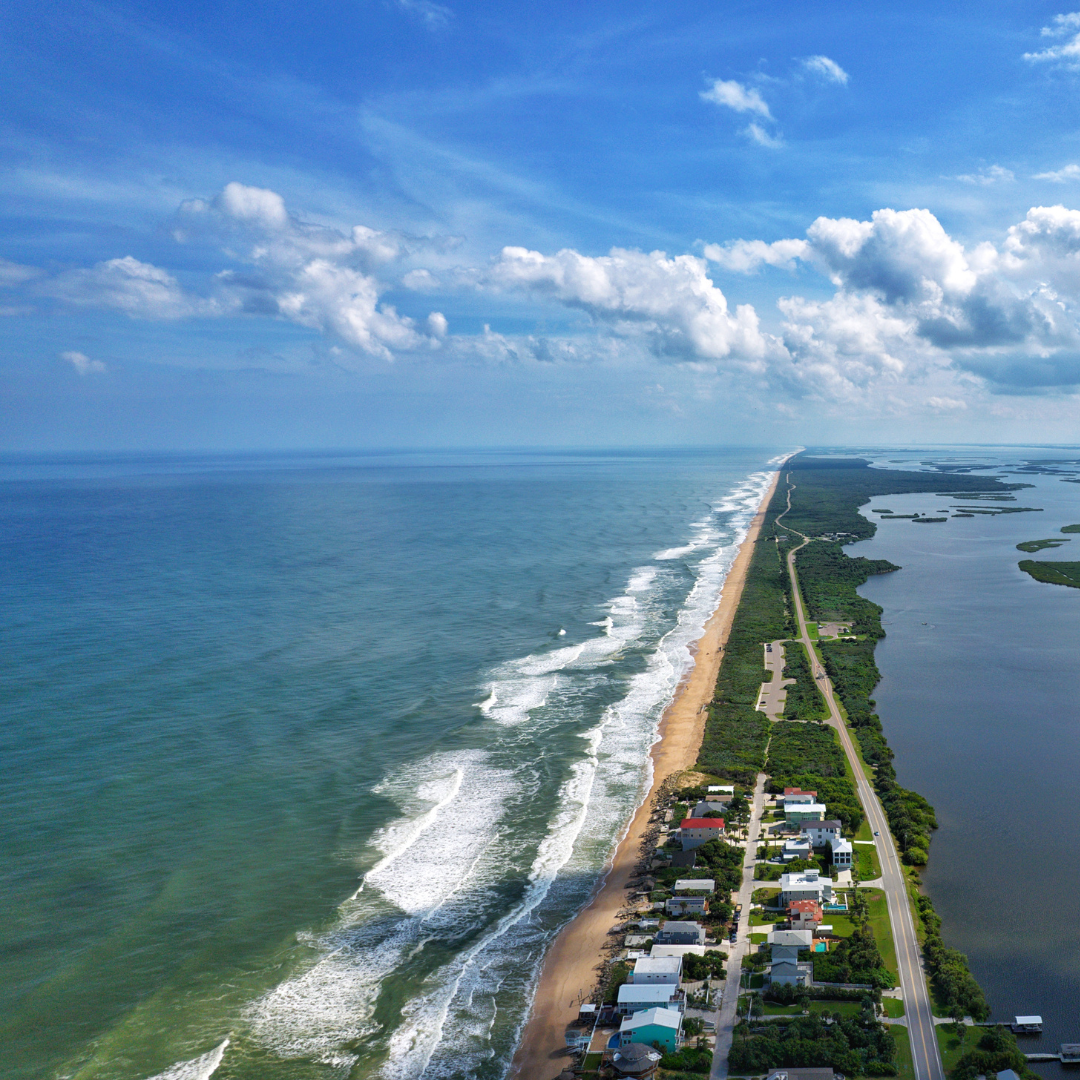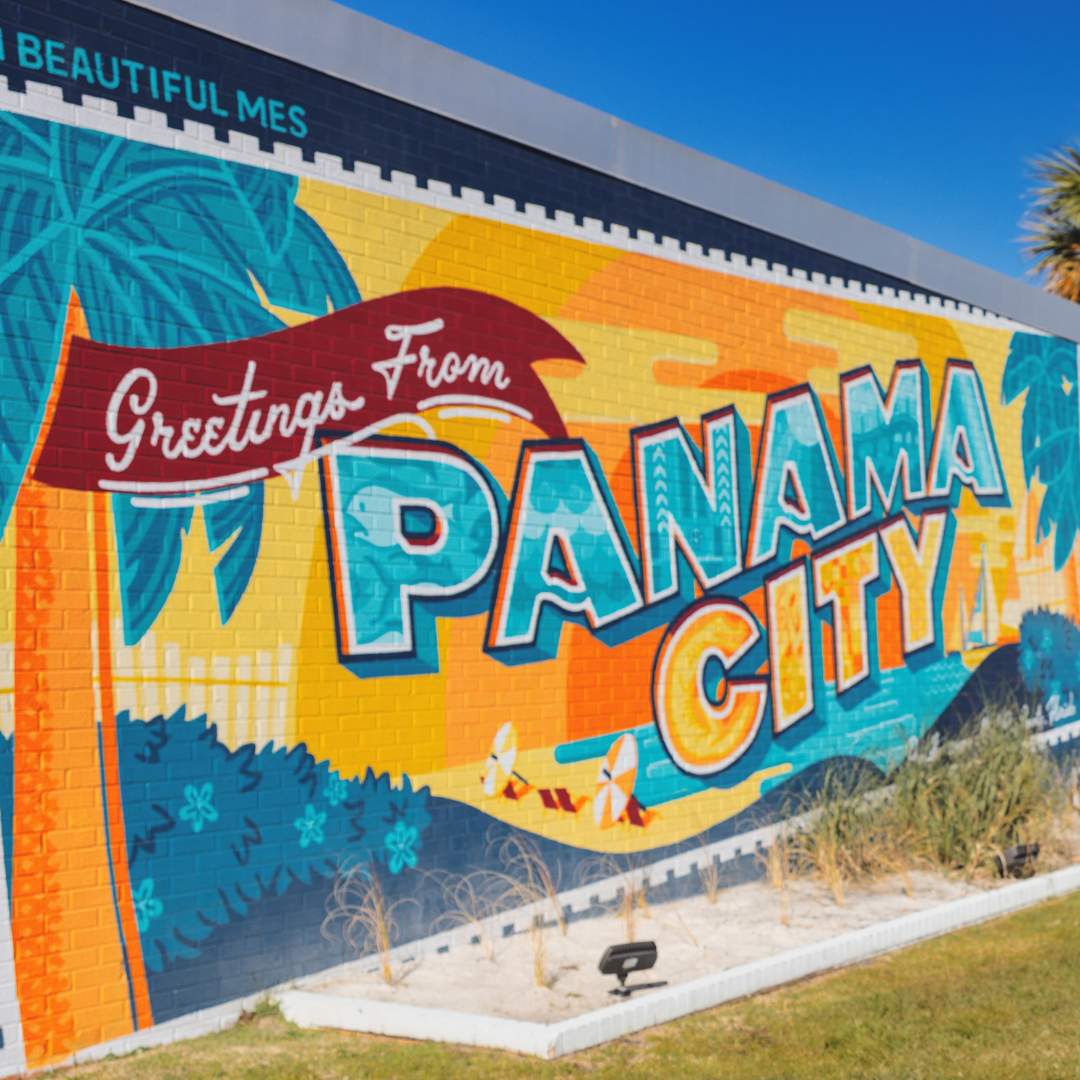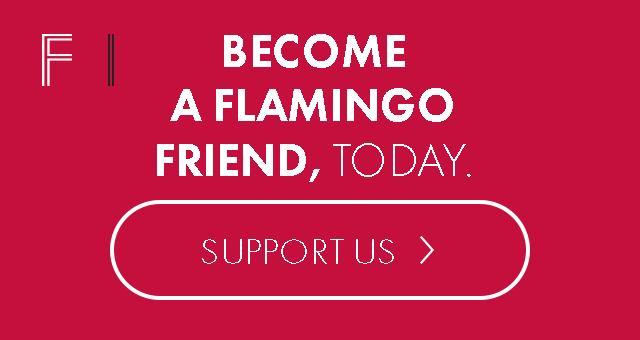by Nila Do Simon | May 28, 2018
Islands in the Stream: Insider’s Guide to the Bahamas
Many Floridians think of the Bahamas as an extension of our state. From our love of boating, fishing and outdoor pursuits to our spirit of adventure, freedom and laid-back living, our connections with the Bahamas run as deep as the water is blue.


If you’re anything like me, a born-and-bred Floridian who has spent the past 12 years living in sunny South Florida, visiting the Bahamas was an idea that needed to be warmed up to. Getting away didn’t normally include melting under the same tropical sun and humid conditions that I already feel every day. Then, on a whim, I visited Eleuthera, a long, thin island with pink sand beaches about 75 miles east of the country’s capital, Nassau. I spent my days there in awe, eating fresh conch served almost directly from the water and onto my plate, sipping cold Kalik beer and cruising around the Out Islands on a fishing boat, gazing at the unreal, turquoise blue waters. All this while listening intently to the melodious cadence of my Bahamian boatmates’ accents, their conversation dotted with the sonorous enunciation of “dem tings.” It’s then I realized a “ting” of my own: Why had it taken me so long to visit paradise?


I came to witness that the islands of the Bahamas are majestic. The eclectic archipelago composed of more than 700 diverse coral-reef islands (about 30 of which are inhabited) teems with life and lore above and below its crystalline waters. Harbour Island has its intoxicating pink sand beaches, No Name Cay promises swimming pigs, the Exumas offer hidden treasures like Thunderball Grotto (named after the James Bond movie filmed there), Grand Bahama has its incredible underwater cave system, and Andros is home to the third-largest fringing barrier reef in the world—and that’s just to name a few special spots.


The closest island in the Bahamas to Florida, Bimini, is only 50 miles from Miami. I found out that the natural connection between the Bahamas and Florida goes beyond their similar climates and close proximity to one another, though.
For some Floridians, the Bahamas connection is generations deep. Trimmer Dettor remembers how, when he was a young boy, his mom would yank him and his four brothers from their Fort Lauderdale school the minute it let out for summer vacation. The Bahamas wasn’t just his mother’s home away from home; it was a chance for her boys to connect with some of the friendliest people on the planet.
Dettor and his brothers grew up visiting the family estate on North Bimini Island, the Daniel House, on a regular basis. Consisting of a main home with three bedrooms, as well as a guest house and a saltwater pool, the Daniel House has a storied history on this seven-mile-long island, which has only a few hundred residents.
Like what you read? Click here to subscribe.
Purchased by Dettor’s grandfather, Clarke, and Clarke’s two brothers, Raleigh and Cushing, the home has been in the family since the mid-century. Developers from Washington, D.C., the brothers saw value in turning what started as an abandoned hotel into an estate that could be enjoyed by generations of family members.
Childhood trips to the Bahamas left an impression on Dettor, who ended up living there for four years after graduating from the University of Florida in 1997. Now living in Pompano Beach, Dettor has shared his love of the island and its people with his wife and two children.


“The focus of Bimini is on the freedom and the remoteness of it all,” says Dettor, who is known to have strapped the children and their car seats into the family’s 32-foot boat when they were as young as 3 months old. “There’s something about having land to play with, without a lot of people around. Having the ability to jump in a kayak in two seconds is amazing; to not have to plan it out but to just do is something I don’t take for granted. Or you could do nothing. You could just sit out in Bimini, look at the water, and do nothing.”
The Connection
Bahamians and Floridians have been crossing into each other’s territories for decades. Nearly half a century after the Revolutionary War, Loyalist residents of Green Turtle Cay in the Abaco Islands, a barrier island chain located in the northern Bahamas, even helped settle what was then a mostly uninhabited Key West. Bahamians began immigrating to the Miami area going back as early as the mid-1800s.
For their part, Floridians today have made the Bahamas an extension of their own backyard—albeit a postcard-perfect one filled with picturesque cays (or keys) dotting 100,000 square miles of ocean. The uninhabited Walker’s Cay in North Abaco lies on the northern perimeter, and Inagua is the southernmost point, where 80,000 West Indian flamingos roost in the island’s national park. Each collection of islands within the Bahamas has its own distinct flavor, experiences and cadence, but they all share a pure, harmonious spirit.


“Once you feel that island vibe, those people, that pace, it’s so hard to shake that magic,” says Christie Caliendo, a Fort Lauderdale resident who’s vacationed more than 30 times on various islands, including Bimini, the Abacos, Andros, the Exumas, Cat Island, Chub Cay, Musha Cay and New Providence, which is home to the country’s capital, Nassau. “The islands are so completely different from Florida, but so familiar at the same time.”
Technically speaking, Florida and the Bahamas are like the cousins who, on physical appearance alone, make you question their shared lineage to one another. But if you dig just a little bit deeper, it can be hard to separate one from the other.
“The Bahamas really aligns with Floridians’ love of fishing, diving, snorkeling and a beachy lifestyle,” says Caliendo, who counts the Abacos, Andros and the Exumas among her favorite Bahamian locations. “Some people go to Disney World for the weekend; we go to the Bahamas.”
To the uninitiated, a visit to the Bahamas might conjure up images of cookie-cutter, all-inclusive resorts for snowbirds or mediocre family cruises. However, the islands remain home to some of the most sought-out properties in the world. In the Abacos, celebrities such as Tom Brady, Gisele Bundchen, Reese Witherspoon and Jennifer Garner mingle at the members-only Baker’s Bay Golf & Ocean Club. Discovery Land Company’s Michael Meldman, who counts himself and friends George Clooney and Rande Gerber as co-founders of Casamigos Tequila, started developing the club. New Providence even saw the opening of the much-anticipated SLS Baha Mar hotel, which features a fine dining restaurant by Miami’s own James Beard Award winner Michael Schwartz.


If anyone understands the allure of a luxury stay at the Bahamas, it’s David Hocher. Until he was 10 years old, Hocher lived on the Out Island of Staniel Cay. There, his parents, Joe and Ann, owned and operated Staniel Cay Yacht Club, an intimate bungalow-filled retreat that’s been known to host some of Hollywood’s A-list celebrities.
“In hindsight, it was one of those idyllic, perfect childhoods—growing up on this small island with less than 100 people,” he says. “We had this unique ability to be out on the water and in this tropical environment where we’d catch fish or conch at any point of the day. It was definitely an uncommon upbringing.”
After graduating from Princeton University and then working as an investment banker in New York City, Hocher felt the call of the islands. He traded his urban lifestyle for one he was more rooted in, eventually taking over operations at the Staniel Cay Yacht Club from his father. These days, Hocher travels back and forth on a weekly basis from his home base in Fort Lauderdale to Staniel Cay, where he says nearly 80 percent of his resort guests, who have included Johnny Depp, Justin Bieber, Faith Hill and Tim McGraw, are U.S.-based. Roughly 40 percent of those stateside visitors reside in the Sunshine State.


“The boating and the clear water really draws Floridians,” says Hocher, who also operates Watermakers Air, an airline that provides two to three direct flights to the Bahamas out of Fort Lauderdale Executive Airport each day during high season. “But it’s still so different from Florida. The clarity of the water and the quality of the beaches here are unparalleled, plus you have the ability to jump in the water to spearfish or get conch. It doesn’t work like that in Florida, so I can see the attraction for Floridians wanting to experience something familiar yet so rare in their normal, everyday lives.”
An Adventure from the Start
As with any type of travel, perhaps the journey to the islands is just as much of an experience as is the destination. Whether glimpsed from boat or plane, the majesty of the Bahamas and the surrounding waters grip visitors even before they set foot on land.
Thanks to a shallowness that reflects the white ocean sand, as well as the lack of the phytoplankton that give off a green color, Bahamian waters are some of the clearest, most turquoise-blue in the world. Whether you’re traveling by personal watercraft or one of the almost daily commercial ferries from Fort Lauderdale to Grand Bahama Island, crossing into the islands by water is a thrill many Floridians have enjoyed.
On a flat, calm ocean day, the nearly two-hour boat ride from Florida to the Bahamas can be one of the more memorable moments of a trip. Caliendo says half of her 30-some trips have been by boat, on a 39-foot Contender, Hatteras Motor Yacht or various other fishing boats. “There’s no greater feeling than sitting on a boat, drinking a cold beverage and listening to music while making your way to the Bahamas,” she says. “To add to that, you can throw out some fishing lines and troll while you get to your destination.”
But perhaps the most authentic way to arrive in the Bahamas is by seaplane. These fixed-wing aircraft, which land and take off on water, can conjure up Hollywood images of a military-style plane that Indiana Jones might have used in his efforts to recover the lost ark. But the truth is, these days modern seaplanes offer more luxuries than protections, including near-360-degree views when gliding gracefully onto one of the most unreal runways in nature: the crystalline waters of the Bahamas.


The seaplane’s popularity started with the legendary Chalk’s Ocean Airways, the first company to realize there were a limited number of land-based runways available in the
archipelago. With headquarters in Miami and later in Fort Lauderdale, Chalk’s ferried fishermen, families and honeymooning couples for nearly nine decades. One of its planes even had a cameo on the opening credits for the television show Miami Vice.
After Chalk’s ceased operations in 2007, former Navy fighter pilot Rob Ceravolo noticed a void in seaplane operations to the Bahamas. So in 2009, after selling the entirety of his belongings to gain the necessary capital to get things literally up in the air, Ceravolo bought his first seaplane and founded Tropic Ocean Airways. What started out as a company with one employee flying one seaplane has now ballooned into a 100-employee organization with 12 aircraft, with more on the way.
“There’s absolutely no denying that arriving in the Bahamas by seaplane is a romantic way to travel,” says Ceravolo, who can fly passengers from Tropic Ocean Airways’ hub at the Fort Lauderdale-Hollywood International Airport to the Bahamas in as little as 25 minutes to two hours, depending on the destination. “Flying on a seaplane becomes part of the adventure of getting to the Bahamas. When you arrive, you’re already in the water before you are on land.”
Integrating his military background, which includes deployments to Iraq, Ceravolo has changed the unruly, bushy-haired image that has historically plagued some seaplane pilots. He has created an operation that provides daily and charter access to Bimini, as well as private charters to Kamalame Cay, Nassau, Grand Harbour Island and more. And despite the fact that Ceravolo has made the Florida-to-Bahamas journey countless times, he still never takes arrival in the islands for granted.
“Whenever I land on the water, I still break out my phone to film it, no matter how many times I’ve already done it,” he says. “People asked me why I joined the Navy and not the Air Force, and I tell them it’s because I love the water, and a seaplane is essentially a boat when you’re in the water. That feeling of accelerating while in the water and then all of a sudden you’re flying in the air is one of the greatest feelings I can offer travelers.”
An unofficial rite of passage for Floridians, travel to the Bahamas represents the ultimate cementation of one’s place as a true resident of the Sunshine State. Perhaps island-lifestyle enthusiast Jimmy Buffett, rumored to have a home on the remote northwest islands of Cat Cay, describes it best in his famous song “One Particular Harbour.” He sings, “I know I don’t get there often enough, but God knows I surely try. It’s a magic kind of medicine that no doctor could prescribe.”






